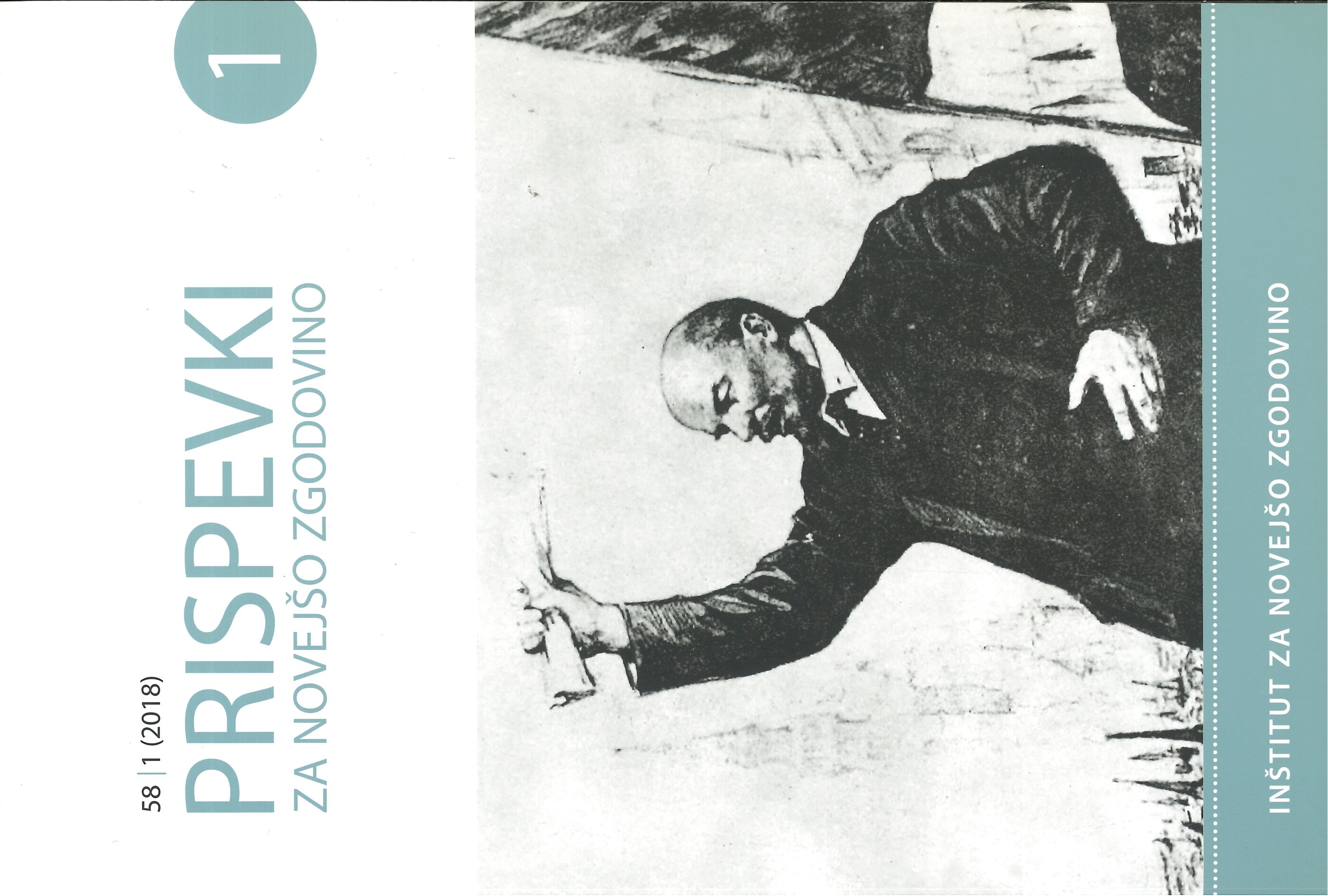Jugoslovanska revolucija in rdeči oktober
podobnosti in različnosti
DOI:
https://doi.org/10.51663/pnz.58.1.07Povzetek
Primerjati podobna zgodovinska »dejanja«, npr. revolucijo v eni in drugi državi, je nehvaležno. Avtor prikazuje bistvene poteze socialistične revolucije v Jugoslaviji/Sloveniji, ki se je zgodila v času druge svetovne vojne v pogojih odpora proti okupatorjem, in »išče« stične točke (vendar jih ne najde!) s prvo socialistično revolucijo, ki se je zgodila v Rusiji novembra 1917. Obe socialistični revoluciji, ruska in jugoslovanska, nastali v različnih zgodovinskih, družbenih in političnih pa tudi vojaških pogojih, z različnimi izhodišči in povodi, vendar z enakim namenom – osvojiti oblast in spremeniti družbene odnose, sta bili uspešni. Med obema so sicer stične točke, predvsem pa so razlike. Avtor ugotavlja, da je bila socialistična revolucija v Jugoslaviji, čeprav z enakim namenom kot tista v Rusiji leta 1917, zaradi različnih okoliščin povsem drugačna. Predvsem pa je bila socialistična revolucija v Jugoslaviji izvirna. Nastala in razvijala se je sama, brez pomoči in vpliva od drugod. Podobnost obeh revolucij je v upoštevanju t. i. stopenj revolucije. V jugoslovanski socialistični revoluciji je bila postopnost sicer aktualna, vendar manj izrazita. Jugoslovanska socialistična revolucija je bila dvostopenjska, vendar pada t. i. druga stopnja, tj. razredna etapa, večinoma v povojni čas. V prvem povojnem obdobju pa je bilo v jugoslovanski revoluciji mnogo posnemanja vsega, kar je nastalo v Sovjetski zvezi ali je bilo značilno za njen razvoj, npr. vojni komunizem, NEP in kolektivizacija. Tukaj je bilo zato med obema revolucijama še največ podobnosti.
Objavljeno
Številka
Rubrika
Licenca
Avtorji prispevkov, objavljenih v tej reviji, soglašajo z naslednjimi pogoji glede avtorskih pravic:
- Avtorji ohranijo avtorske pravice, reviji pa odobrijo pravico do prve objave. Delo se hkrati zaščiti z licenco za prosto uporabo avtorskih del (Creative Commons Attribution License), ki drugim osebam omogoča deljenje dela ob priznanju avtorstva in prve objave v tej reviji.
- Avtorji lahko sklenejo ločene dodatne pogodbene dogovore za neizključno distribucijo različice dela, objavljene v reviji, (npr. oddaja v institucionalni repozitorij ali objava v knjigi) z navedbo, da je bilo delo prvič objavljeno v tej reviji.
- Pred postopkom pošiljanja in med njim lahko avtorji delo objavijo v spletu (npr. v institucionalnih repozitorijih ali na svoji spletnih strani), k čemer jih tudi spodbujamo, saj lahko to prispeva k plodnim izmenjavam ter hitrejšemu in obsežnejšemu navajanju objavljenega dela (glej The Effect of Open Access).


